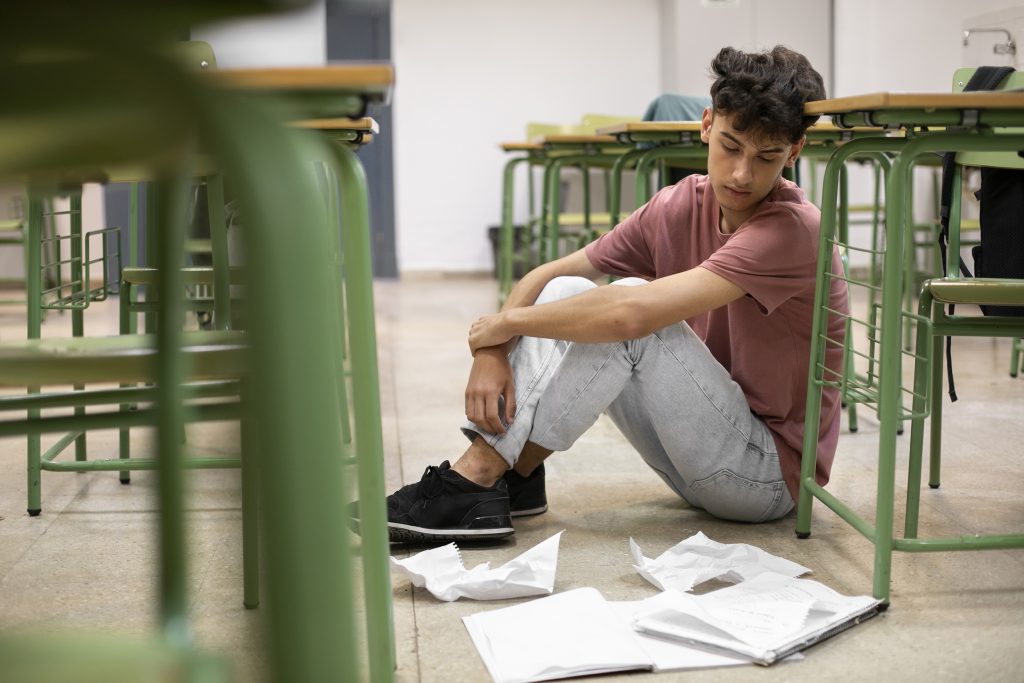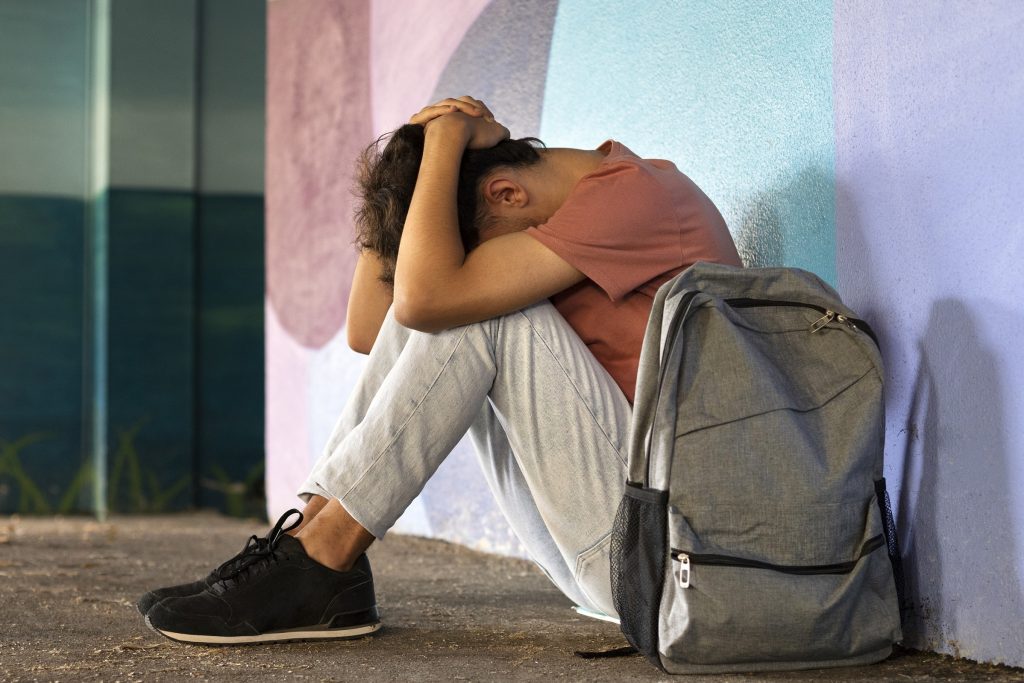In the current society in which they go on the rise the school conflicts, interpersonal relationships, communication, emotional management and conflict resolution play a key role in preventing violence and different forms of aggression.
That is why in this case tools are necessary that provide the entire educative community of a positive climate where the development of healthy, safe and solid relationships between all members is promoted.
What do we understand by bullying?
Bullying refers to the English term “bullying” (“bull”, toro), a term accepted by all countries and which refers to the power that some students exercise over others in specific educational stages, producing psychological victimization (Martínez, 2006).
It is a form of intentional and harmful abuse, an action provoked in a situation of helplessness, submission or inferiority that is given by a student to another classmate who usually becomes their habitual victim and that can persist over time.
Some key aspects of bullying are:
- Abuse of power, from the strongest to the weakest.
- Chases.
- Bullying, physical, verbal or psychological, with the intention of causing harm, fear or pain to the victim.
- Repeated incidents between the same children or adolescents that occur constantly and for a long time.
- Indignities and sexual abuse.
- physical abuse, such as different types of aggression or attacks on property.
- Verbal abuse, calling people names, insulting people, making racist comments, etc.
- social abuse, spread of humiliating rumors that seek the isolation of the group and exclusion.
- indirect abuse, inducing to attack a third party.

Where to start
Know the origin of the conflict, the factors that have given rise to imbalance of forces, he role that they perform and the perception that all have involved, victim, harasser, witnesses, etc. and the guys of conflicts existing and mechanisms those they count on to solve them, they will be the starting point to design effectively action protocols and establish guidelines that bring the educational community closer to reflection, promoting the development of the critical spirit.
Mediation as a tool against bullying
The mediation is one of the keys for the bullying prevention, attacking the conflict in its initial phases where the students will be the agents and beneficiaries of the mediation.
This alternative conflict resolution method is effective as it can avoid frequency wave repetition of attacks or violence, palliate the helplessness and even transform intentionality through empathy. For this it is vital that the school develops the autonomy and the cultivation of dialogic reason, as M. Martínez (1993) points out.
It is therefore especially important to work from mediation in the nonviolent resolution, searching peaceful solutions in an environment that encourages active listening, the creation of a identity to students within a group, as well as become aware of the damage caused to others and focusing on agreements.
Fierro and Carbajal (2019) point out that coexistence favors reduction of the levels of conflict constructively, promoting learning. From this approach the educational mediation It will be the ideal strategy in the conflict resolution process.
It is necessary To educate in and for the conflict, essential to face it and try to resolve it with communication between the parties at the time it occurs, so that it does not increase and does not affect other members of the educational community.
For all this, it is essential to promote dynamic relationships based on the cooperation, understanding and appreciation to resolve school conflicts, stimulate creativity, facilitate teamwork and enhance the assumption of responsibilities. We must be role models and consolidate a mediation culture in the long term to guarantee in the educational field healthy, safe and solid relationships.

With mediation as your ally, carve out a niche for yourself in a booming sector that will change your professional career. Enroll in school number 1 of the sector according to Financial Magazine.




